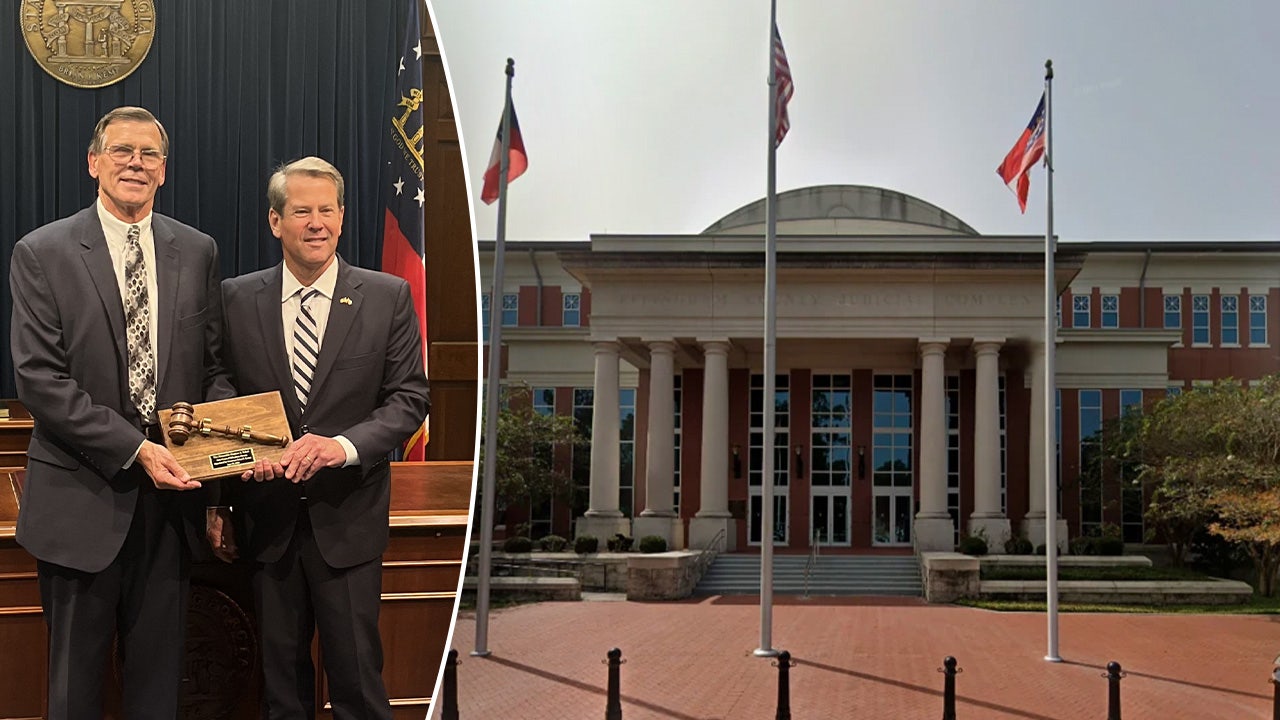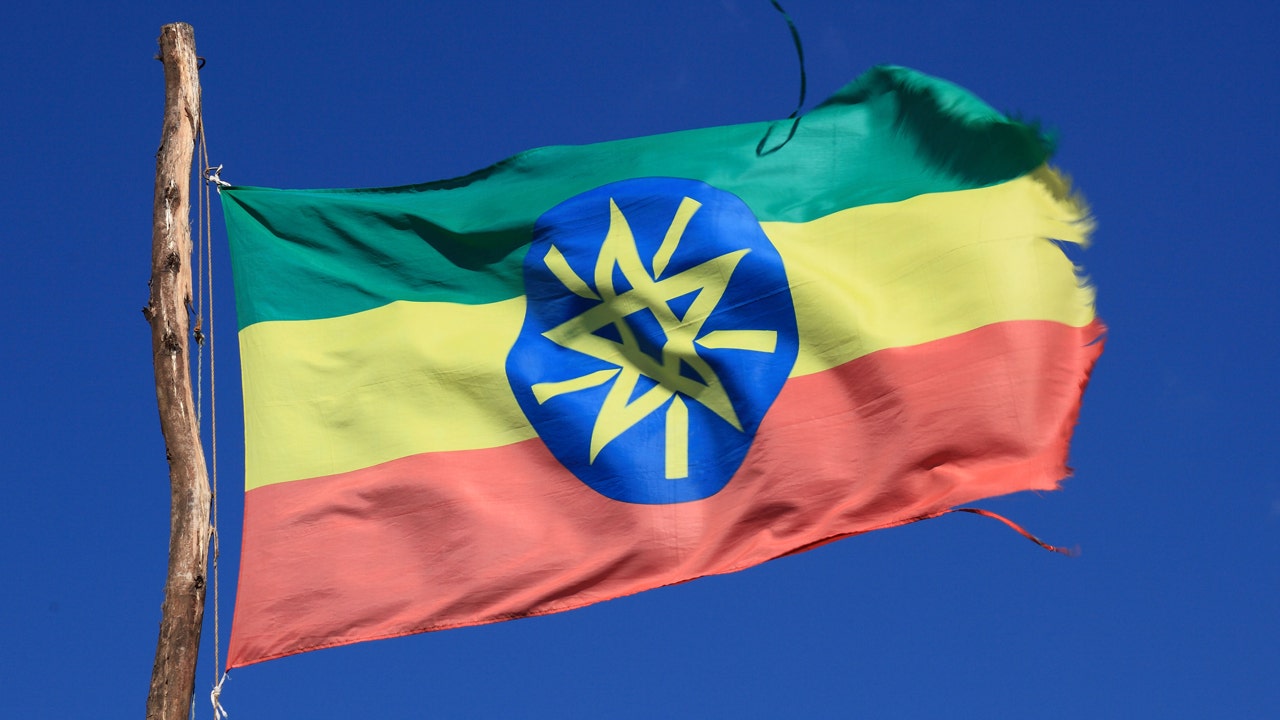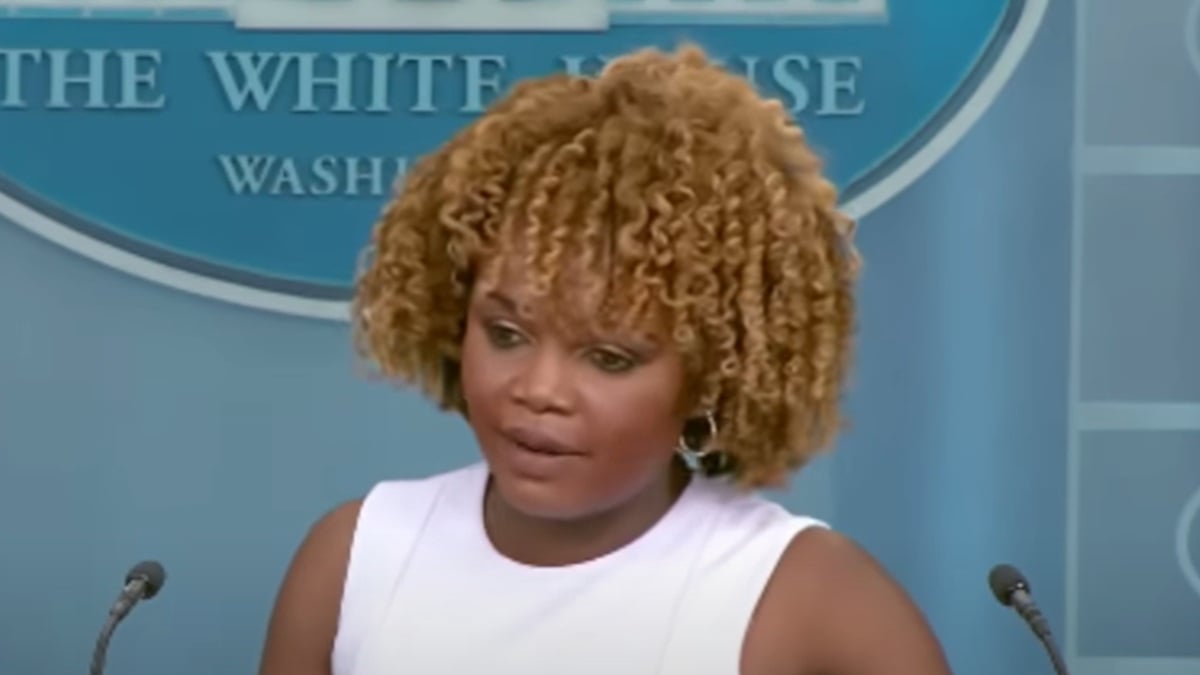
A rainforest on Barro Colorado Island in Lake Gatun, Panama
Rick Carlson/Alamy
Tropical forests are often made up of a diverse range of trees, with large spaces between those of the same species, which probably helps to protect them against pests, such as insects and fungal pathogens. Better understanding the make-up of these forests could help us conserve them.
“Enemy species, like insect herbivores and fungal pathogens, are specialised to different tree species,” says Annette Ostling at the University of Texas at Austin. It is much easier for these to travel from one tree to another when the same type of trees are close together, she says. For example, insects can attack nearby seedlings of the same kind by dropping from a colony on a tree, while fungal pathogens can transmit from one tree to another of the same species not far away via water splashes.
To better understand how this affects tree distribution in tropical forests, Ostling and her colleagues studied data collected for more than 30 years from the only tropical forest on Barro Colorado Island in the Panama Canal, focusing on a 50-hectare plot.
Other researchers have previously mapped the location of every tree in this forest and recorded how far the seeds of each species typically travel.
From this, Ostling and her colleagues produced a computer model that estimated what the forest would look like if the trees had grown wherever the seeds were most likely to land.
They found that, in most cases, trees of the same species were three times as far apart in the real forest as would be expected by their computer model.
The most likely explanation for this is enemy species, which probably also make tropical forests so diverse, says Ostling. Seeds that land close to the tree that they originated from are less likely to grow into a tree themselves as they are attacked by its enemy species, she says. Diversity would also reduce chances of tree-specific pest transmission.
These enemy species may also have a role in keeping non-tropical forests diverse and in tree spacing, but to a lesser extent, says Ostling. “The climate in tropical forests is more conducive to enemy species,” she says. “Without winters, insect populations can keep going all year around and hot weather is more conducive to fungal pathogens too.”
The findings are consistent with previous studies, which suggest that tropical trees fare best when further away from others of their kind, says Kyle Harms at Louisiana State University. It is important to understand why forests have a given make-up, especially in light of processes, such as deforestation, which may erode biodiversity in these habitats, he says.
Topics:

























































